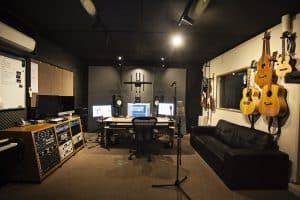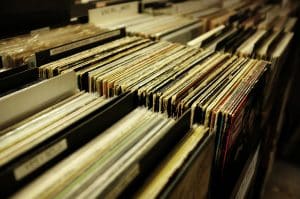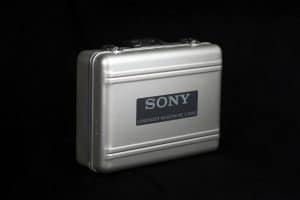Tips on Purchasing Recording Studio Monitors
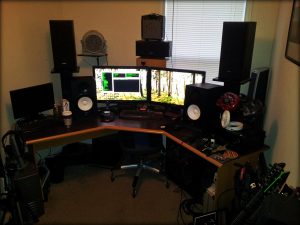
Recording studio monitors are an essential component of a recording studio. It can almost be impossible for a person to record, mix, or create music without these components. However, purchasing recording studio monitors isn’t an easy task due to the wide number of options available on the market. So, when looking for the right studio monitors, here are a few important factors and tips to consider:
Budget
When it comes to purchasing recording studio monitors, it is imperative you assess your budget. Please note that professional and high quality studio monitors will be expensive. Even low quality ones can cost well over a thousand dollars, depending on the features and the brand. So, first decide how much you are willing to spend in order to get the best monitors for your recording studio. However, if you are like most people, finding an inexpensive alternative is preferable. Even local monitors are really good in producing sound and can last you a long time for several hundred dollars.
Specifications
A funny thing about studio monitors is that the audio produced by them might sound a little wrong at first. This is mainly because your ears are used to the consumer-market stereo speakers which are tuned specifically and artificially to create more pleasant and friendly treble and bigger and punchier bass. So, a large part of buying recording studio monitors means being prepared to look at things differently. Start by taking a look at the specifications. Usually the best monitors have a THD of 0.01% or 0.3%. Nevertheless, you can always rely on your ears to determine the best option.
Frequency Range
Since everyone is looking for accuracy from their studio monitors, it is imperative that you first determine whether or not the monitors you like can handle full range frequency for your recordings. Most monitor specs list the highest frequency in kHz (kilohertz) and lowest frequency in Hz (Hertz). For the best recording experience, it is advised to go for monitors that at least offer a minimum frequency of 50 Hz to 20 kHz. Additionally, if you work with music that is bass-heavy, consider investing in a studio subwoofer which can handle frequencies of 25Hz or lower.
Monitor Wattage
Monitor wattage isn’t a matter of concern for professional recording studios. However, if you own a home recording studio, the power of your studio monitors, measured in watts, might be an important consideration. Usually, monitors with 10 to 60 watts should be good enough for a home or office-sized studio or a bedroom. However, mid-sized studios or larger rooms might require even more than that. Therefore, measure the length and width of your room before choosing the right monitors with the perfect wattage.
Monitor Design
Last, but not the least, monitors are available in two designs: near-field and far-field. Near-field monitors are usually best for home recording studios due to their near-field sound producing capabilities and far-field monitors are perfect for professional recording studios with acoustically treated rooms for proper reference sound.
So, now that you are familiar the abovementioned factors and tips, purchasing monitors for your recording studio in Sydney won’t be a problem.
